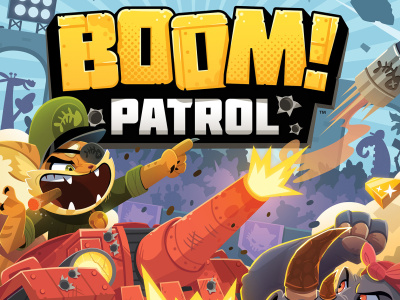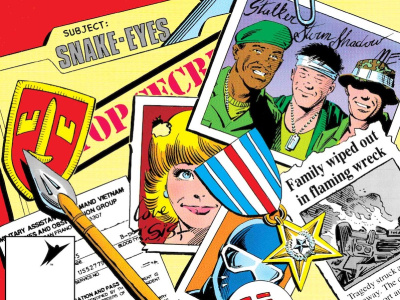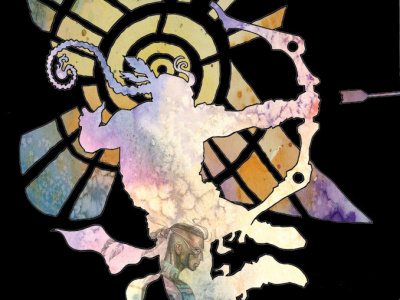Confessions of a Comic Book Guy is a weekly column by retailer Steve Bennett of Mary Alice Wilson's Dark Star Books in Yellow Springs, Ohio. This week Bennett talks about the beneficial use of in-store signage.
This time I'm going to be focus on something so incredibly obvious I expect to hear exclamations of 'Oh you have got to be kidding me!'-- signs. They're one of the little things in your store that you might not take much notice of but are absolutely essential. Besides being an indicator of a well-organized store and way of identifying products for your staff and customers, they're a great way to silently answer Frequently Asked Questions.
I'll assume you've already got the basics covered, an OPEN/CLOSED sign and a prominent posting of your business hours, but are you distinguishing your Marvel back issues from your DCs? Is there any way of letting your customers know the way you organize your graphic novels, by publisher, author or alphabetical order? When it comes to your manga hopefully you're already separating the 13+ from the 16+ones, but is it clear to the average soccer mom which is which?
If you carry Magic cards you're probably already keeping them where you can control their distribution (and avoid shrink), but have you made signs to let customers know how much they cost and which ones are the theme and which the tournament decks?
Creating attractive signs is really simple enough; all you need is a computer, printer, a word processing program (I usually work with either Microsoft Word or Office, both of which will give you a dizzying number of fonts to choose from, and of course there are hundreds of designer fonts you can download for free via the Internet), scissors, tape and backing boards. You just write, print, cut and mount them on backing boards.
For instance today I spent good chunk of time making and putting up signs. Stan Lee is making a local appearance next week so I created a display of Marvel Essential volumes near the door and attached to it a sign suggesting they'd be perfect for him to autograph. And earlier this week there was a piece in the New York Times (which I'm sure you all read about on ICv2) praising several anime series, so along with printing out the article I created signs reading 'As praised by the New York Times!' and placed them in front of copies of Naruto, Fullmetal Alchemist, and Samurai Champloo.
And of course you can move on to the next level of sign-making with the help of some remarkably inexpensive software - Dark Star mostly uses Signs Made Simple from SmartDraw Software. With something like this you'll have a lot more options when it comes to colors and you'll have an entire library of shapes to use (it'll probably come as no surprise that we most often used the word balloon).
The most common use is making homemade shelf-talkers, but instead of saying 'Sold Out!' you can highlight both sure-to-be-hot comics and those that haven't sold the way you think they should. You just write a mini-review inside a word balloon shape, attach it to a backing board and place it behind the comic in question, which can separate it from everything else on the shelf and hopefully help it to find its audience.
Signs are important, signs are good, but obviously you don't want to make so many they become intrusive; put up too many and you can create ugly clutter. And they can only do so much; I'd be lying if I didn't tell you you're likely to encounter a sub-group of humanity who, while theoretically literate (or why would they be coming to you?) are completely immune to signs no matter how attractive or well placed. Dark Star's OPEN/CLOSED sign and hours of business are both quite readable but we've found on Wednesday mornings if we don't lock the door after the comic shipment arrives at least two or three people will wander in and start browsing.
The signs on our Magic cards are legible from about a foot but this still doesn't stop us from being repeatedly asked, 'Uh, how much are your Ravnica packs?' A No Solicitations sign won't stop a parade of sales reps and worse (for a while there we were being offered everything from stuffed toys to frozen steaks from out of somebody's trunk) from crossing your threshold. Just like having a 'Bathroom Not for Public' sign on your bathroom door will stop you from being repeatedly asked by customers if they can use the bathroom.







